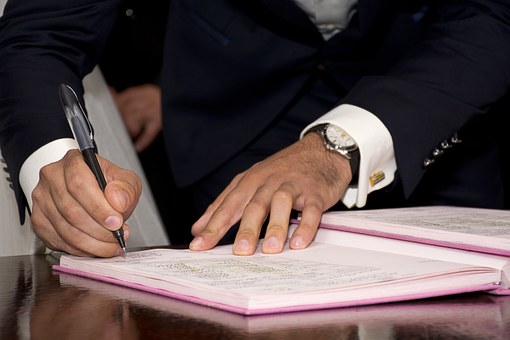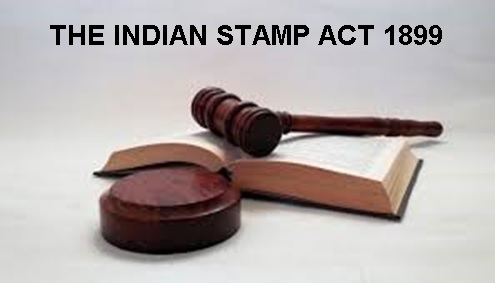Trademarks are not only known for their role as identifiers of source or origin, but also become powerful symbols of goodwill, reputation, trust and quality. Well-known Trademarks enjoy an elevated status that transcends territorial and market boundaries, protecting their owners from misuse and dilution even in respect of unrelated goods and services. The Trade Marks Rules, 2017 provides a formal process for declaration of well-known status, and there are now hundreds of brands which have claimed their place on the list. But how far does this protection truly extend?
A recent decision of the Madras High Court seeks to answer this question. In Paragon Polymer Products Pvt. Ltd. vs Sumar Chand Nahar and Ors. ((T)CMA(TM) No.80 of 2023) the court states that the protection given to a well-known trademark does, in fact, have certain limits, and the decision serves as a reminder of the complexities involved in determining the boundaries of such protection.
Paragon Polymer (“Appellant”), opposed an application filed by Paragon Engineers (“Respondent”). The Appellant Paragon Polymer is the registered owner of the trademark PARAGON since 1975, for footwear, registered in Class 25. The Respondent, Paragon Engineers is also a registered owner of its trade name PARAGON ENGINEERS since 1986, for electric motors, registered in Class 07. The Respondent Paragon Engineers had sought to register its mark in another Class 09, which was opposed by the Appellant Paragon Polymer. However, the opposition was set aside by the Registrar. Hence the appeal.
The Appellant’s strengths were that its trademark ‘PARAGON’ has been in use ever since 1975 in relation to footwear and it has become a house-hold name and is registered in several classes including Class 25. The Appellant’s mark ‘PARAGON’ has been declared a well-known trademark by the Trade Marks Registry in 2017. The Appellant contended that, being a well-known trademark, its protection permeates across all classes of goods and services.
On the other hand, the Respondent, Paragon Engineers, has been using the mark ‘PARAGON’ with a bird device for electric motors (Class 07) ever since 1986. The Respondent contended that not only are their goods fall under a totally different class but also it is necessary to note that the Appellant had acquiesced to the use of mark and consequently the Appellant is estopped from objecting to its application in Class 9. The Respondent contended that their mark had acquired secondary meaning in the field of electric motors and products, while the Appellant’s mark was well-known only for footwear.
After hearing arguments from both sides, the High Court ruled that even though the Appellant’s mark had indeed acquired well-known status, it does not entitle them to retrospectively enforce their rights against honest and concurrent users of trademarks. Relying on decisions of the Delhi Hight Court concerning applicability of well-known trademarks in M/s VANS Inc USA Vs. FCB Garment Tex India & Anr. [Delhi High Court-C.O. (Comm. IPD-TM) 161/2021 & I.A. 15763/2022] and VANS Vs. Fateh Chand Bhansali & Anr. [Delhi High Court-C.O. (Comm. IPD-TM) 416/2022], the Madras High Court held that while the recognition of a mark as well-known certainly provides it added protection, that protection can only be prospective in nature, not retrospective.
In his Judgement, Justice N.Seshasayee beautifully puts it as under:
10.“No mark is born as a well-known mark. It is only an acquired status which a registered mark is accorded with. It is a recognition given to a mark that satisfies all or any of the parameters which are broadly delineated in Sec.11(6) of the Act. The adage ‘born great’ will not apply to well-known mark. It has to be earned. Necessarily it can, and at all times has to be only prospective in operation. The rule is simple: for an advantage earned today, credit cannot be given to it yesterday.”
11.“If however, a well-known mark is given a retrospective operation, then it may date back to the very date on which the mark was registered, and that would be inconsistent with the scheme envisaged under Sec.11(6) of the Act. And, if retrospective operation is ever permitted, it will be a licence to stamp on the honest and concurrent user of similar trademark of other proprietors in the same class or in different classes. That never has been the legislative intent enabling declaration of marks as a well-known mark.”
Therefore, additional statutory protection granted to a well-known mark, which is also a registered mark, to cut across class of goods and services and to consider use by a defendant of an identical or similar mark as infringement of the rights of the proprietor of well-known registered mark, cannot be extended to such a level where the defendant who is alleged to have infringed the rights of the proprietor of the well-known registered mark has been using the identical or similar mark even prior to the date when the plaintiff’s mark had acquired the status of a well-known mark.
Carefully analysed, it would be clear that if the defendant is prior user, even a suit for passing off would not have been possible when the right to sue against passing off is available to the proprietor of any trademark without any need for the plaintiff to be the proprietor of a registered mark or a well-known mark which is also a registered mark.
To make it simple, trademark owners may note –
Mere owner of a trademark which is already in use in the course of trade entitles the owner to sue a defendant who is using an identical or similar trademark and tries to pass off his goods or services as if they have some connection with the trademark of the plaintiff;
Mere registration of a trademark offers statutory right to sue against infringement; registration dates back to the date of application. However, no such right accrues to the Plaintiff until the date of actual registration of the trademark.
Well-known, registered trademark offers much greater statutory protection to proprietors of such marks even if goods or services of the defendant are different from the goods or services of the plaintiff in relation to which the well-known registered trademark has been used in the course of trade. However, no such right accrues to the Plaintiff until the registered trademark has been recognised as a well-known trademark.






